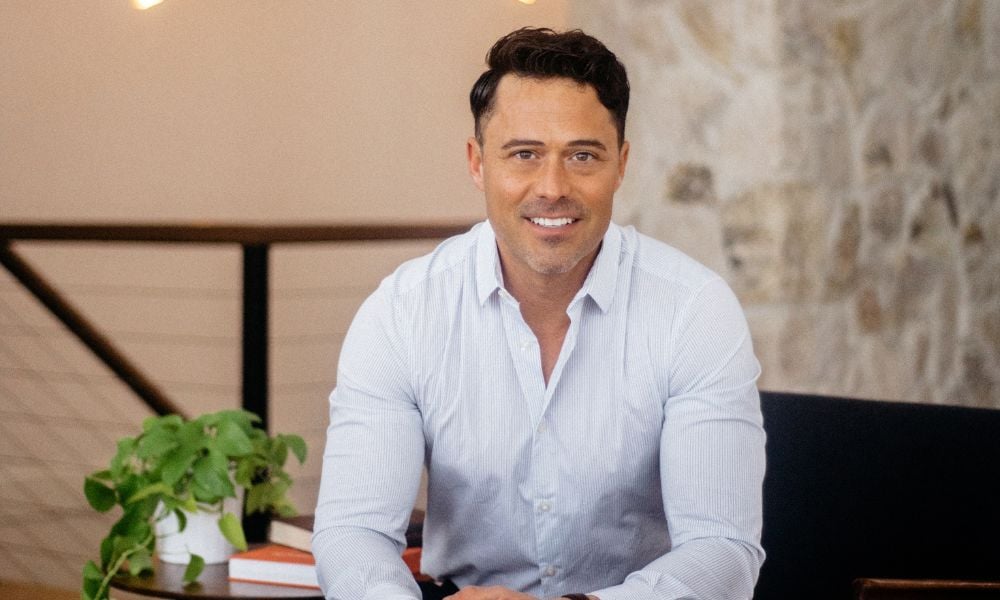MacKenzie Investment’s chief economist tells WP where he thinks the US economy is heading and what that means for portfolios

Canadian investors should revisit their fixed-income allocation to hedge against equity risks in the US economy, according to Mackenzie Investment’s chief economist.
While he admitted that current yield does not get the pulses racing, Alex Bellefleur, who is chief economist and strategist for the firm’s multi-asset strategies team, said it remains the best line of defence in terms of diversification in the face of a US equities downturn.
It’s pertinent given the see-saw nature of the US markets, with the slowdown at the end of 2018, the continued uncertainty around trade and the poor performance of the global economy.
Bellefleur told WP that after the fiscal boost provided by President Donald Trump’s tax cuts – which brought money back into the US through expenditure and buybacks, and boosted confidence – this emboldened the Federal Reserve to push ahead with increasing interest rates.
When the impact of the tax boost waned and the effect of the hikes truly kicked in, he said the US growth rate dropped from 3-4% to 1-2%. It has now stabilised after a rebound to around 2%, which is more consistent with the long-term trend.
Worries still persist around the globally oriented sectors of the economy because of weaknesses around the trade war and relationships with China and Europe, while the global economy itself has not performed well but keeps “muddling through”.
On the plus side, Bellefleur pointed to robust US employment and labour, and good consumer balance sheets. The housing market, too, is starting to experience more of a “soft landing” given the combined effect of the shift in Fed policy and employment strength.
He said: “We are slightly optimistic about the US economy. We see it growing at its potential growth rate, which is around 2%, give or take. That’s our base rate. There is downside risk around that with the political uncertainty and trade uncertainty between the US and China, especially on the corporate investment front that’s tied to manufacturing.”
Investors should keep their eyes particularly peeled for developments around the yield curve inversion and manufacturing sector, which in its cyclical nature, often reflects downturns. The yield curve, meanwhile, while historically an indicator of bad times ahead, can also send false signals.
He explained: “The yield curve right now reflects the almost certainty that the Fed will cut the interest rate and will also cut again this year. If that’s true, it will re-steepen. Pay attention to it but it’s not a sure-fire signal the economy is going to go into recession.”
So how can all this affect a Canadian investor, who has understandably diverted assets toward the US equity market given its good run over the past two years?
Bellefleur believes there are three main channels where Canadian investors will feel the impact of decisions made south of the border. The first is through interest rates and the effect of the Fed cutting aggressively, which would heap the pressure on the Bank of Canada to do the same, while the second is the effect of this on the Canadian dollar.
The third area is US equities and the prospect of the market slowing down more abruptly than the Mackenzie base case expects. With these scenarios in mind, Bellefleur told WP that investors should be in a position to hedge these risks.
He said: “The best line of defence that we advocate – not just for Canadian investors but for all investors – is to consider their fixed income allocation, and a lot of investors in Canada will say, 'I’m not interested in fixed income at the current yield’.
“But in our view that kind of misses the point – the number one benefit of a robust fixed income allocation is the diversification it provides in the context or risk of an equity market downturn. We saw the value of that in the fourth quarter of last year.”
He added: “[It’s about] not only having robust portfolio construction with fixed income allocation but about having enough duration in fixed income to provide that diversification, and that is probably the best line of defence.
“Geographical diversification and considering exposure to foreign currency can also be very diversifying.”



